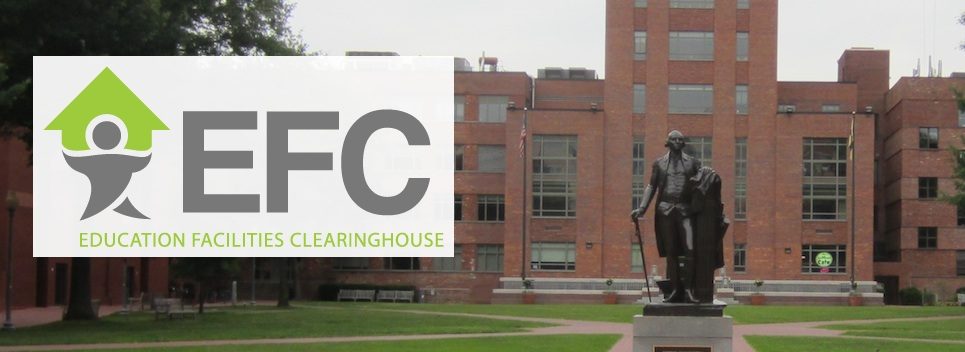NRPA, 2011
Playground injuries have become a formidable concern for American parents. As children settle back in for the new school year, the realities of potential playground risks come to light -- especially as budgets for schools and public parks are slashed across the nation. NRPA is not only encouraging, but guiding playground safety with "The Dirty Dozen." Published as part of NRPA's grassroots initiative known as America's Backyard, "The Dirty Dozen" identifies and offers solutions for the 12 most common safety concerns and leading causes of injury on playgrounds. Parents, teachers, guardians and all child caregivers can use the report as a guide to ensure safe environments on our community playgrounds.


